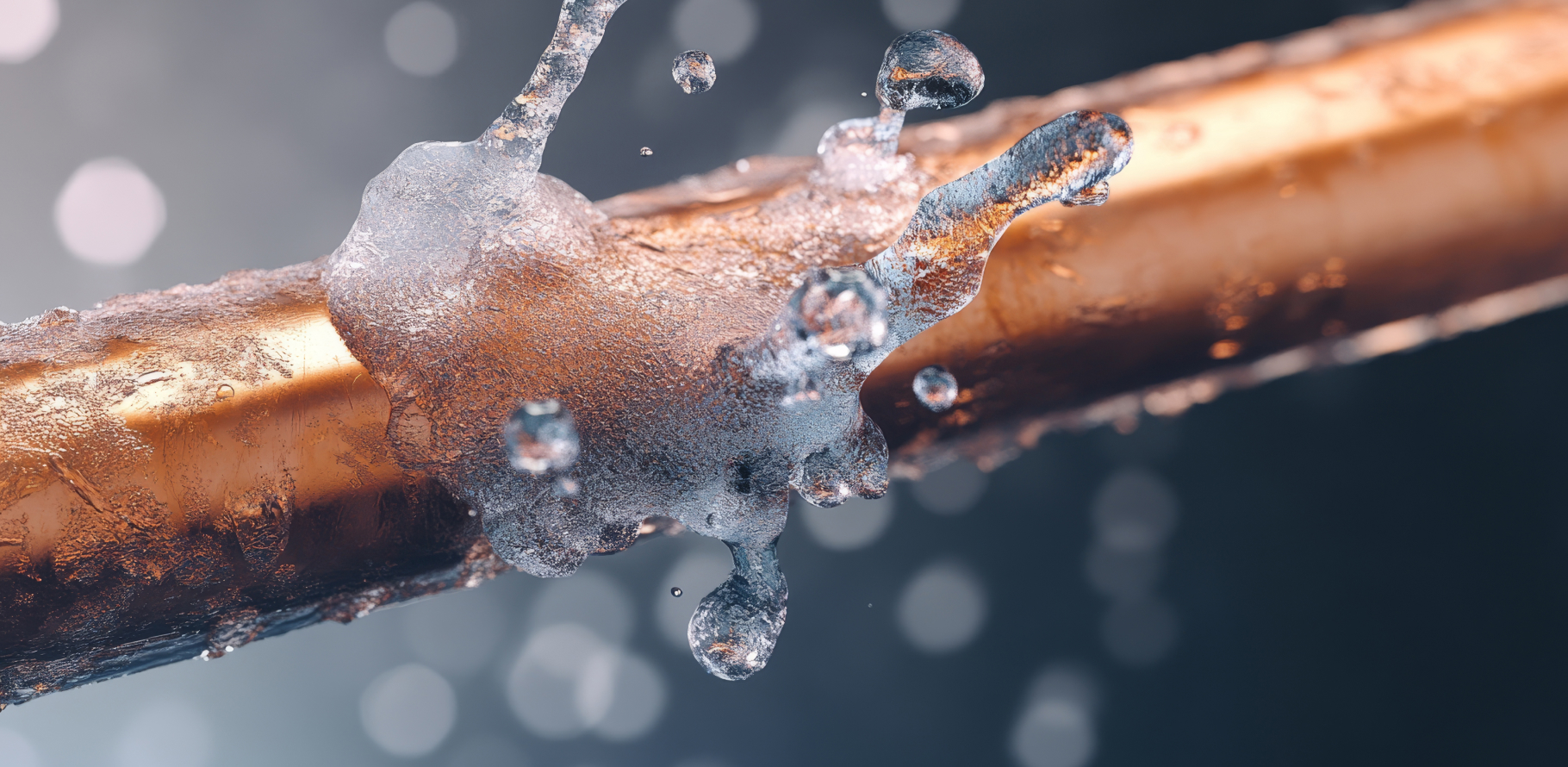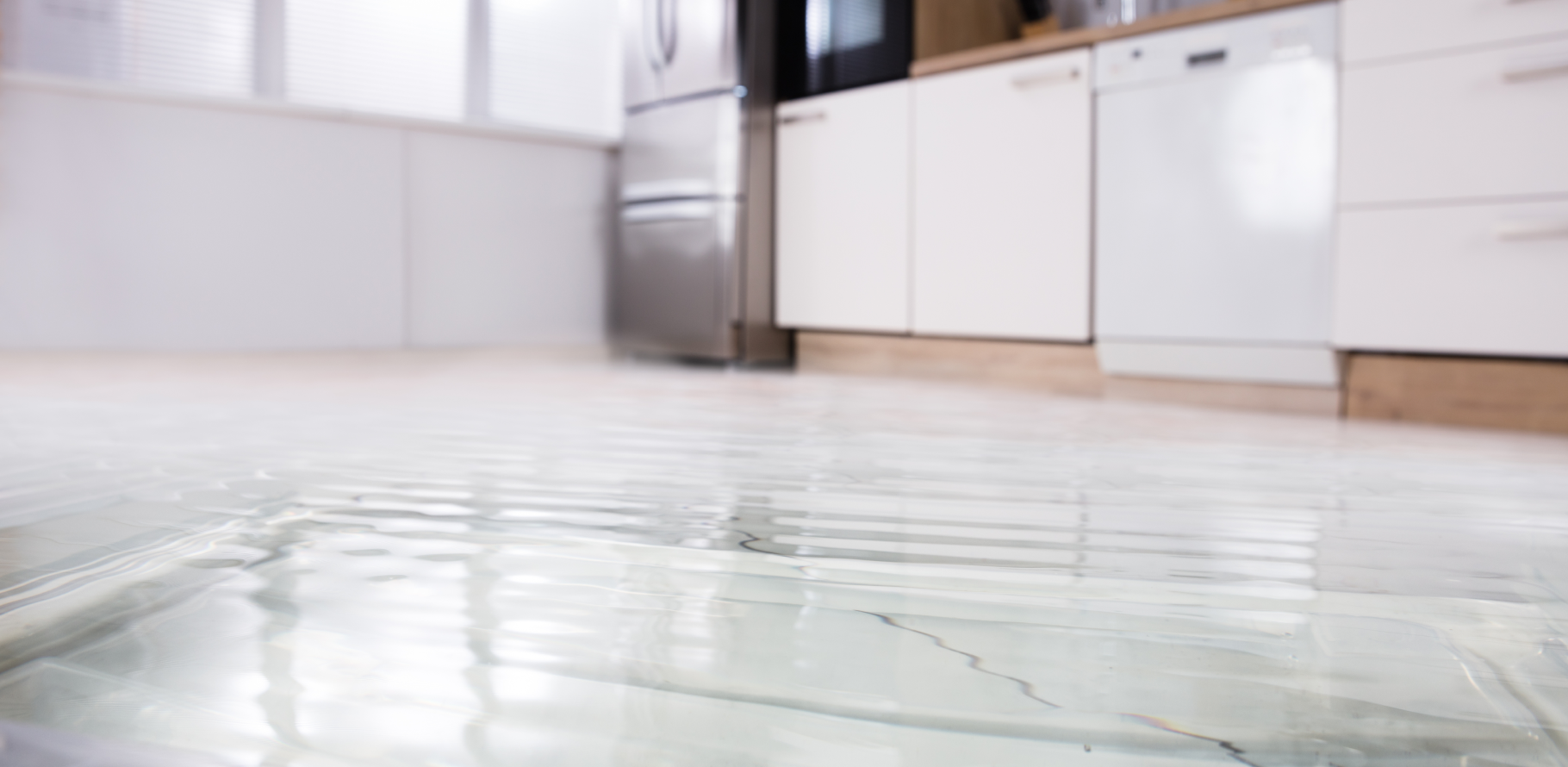Guide to Local Law 157
The Importance of Natural Gas Detection and ProSentry's Unique Solution
The Importance of Natural Gas Detection and ProSentry's Unique Solution
In July 2025, the New York City Council passed an amendment to Local Law 157 (Bill Int. 1281-2025) that delays enforcement of the natural gas detector requirement until January 1, 2027, citing limited device supply and high costs. The bill is currently pending the Mayor’s approval. It also requires the Department of Buildings to confirm by July 1, 2026, that at least four compliant battery-powered detectors are available on the market, if not, enforcement will be further postponed to January 1, 2029.
This guide is intended for those interested in natural gas detection in relation to Local Law 157 of the New York City Rules - including legislators, developers, building boards and managers, and information seekers on legislation status and relevant requirements. As the legislation progresses, information is regularly updated by ProSentry’s team of experts in smart monitoring systems for New York residential and commercial multi-family/unit real estate. The purpose of this guide is to:

Executive Summary: After two fatal gas explosions in 2014 and 2015, New York City Council passed Local Law 157 requiring all residences in NYC to have natural gas detection once there was a national standard. That national standard was published in 2022 and the DOB has since released its Final Rule, which went into effect on February 15, 2024. Requiring compliance on or before May 1, 2025 (Enforcement of Local Law 157 has been delayed until January 1, 2027, per legislation recently passed by the NYC Council Int. 1281-2025. This change is pending final approval by the Mayor.), gas detectors should be placed within 12 inches of the ceiling, at least 5 feet away from a cooking appliance or cooktop hood, and at least 3 feet but no more than 10 feet away from gas appliances. These gas detectors can be monitored and part of a system, or unmonitored. Buildings with monitored systems have the advantage of direct notification to building staff as soon as a gas leak is detected, allowing building staff to respond quickly to the site of the leak and potentially avoid whole building gas shut downs.
Local Law 157 - also known as Local Law 157 of 2016, LL157 and the gas detector law - is a citywide ordinance that requires the mandatory installation of carbon monoxide / smoke detectors and natural gas detectors in New York City residences once an industry standard had been established. It amended the NYC Housing Maintenance Code, which repealed sections 27-2045, 27-2046, 27-2046.1 and 27-2046.2 of the administrative code of the City of New York relating to smoke and carbon monoxide detecting devices. This standard was published in April 2022 as NFPA 715 by the National Fire Protection Association. Read Local Law 157 in its entirety.
*Pending Mayor's approval to become law.
The natural gas detector installation requirements that comply with Local Law 157 include:
Proposed New York State Senate Bill S3705 required that all residences in New York State have monitored natural gas detection and that those sensors would eventually report these leaks to the State. There have been 51 gas explosions in New York State over the last 13 years. As of this writing, New York State Senator Leroy Comrie is consulting with stakeholders about amending this bill, consistent with the new NFPA and Underwriter’s Laboratory standards, which state that notifications must go to a licensed and staffed central station, which alerts the building, 911, and utility company.
Contact ProSentry for options that safeguard residents and reduce your risk of a gas shutdown.
The passing of Local Law 157 followed three fatal incidents in New York and several other occurrences throughout the United States. As a result, the NYC Mayor’s office, City Council, Department of Buildings, Fire Department, and construction industry reviewed the regulations and procedures that governed gas piping permitting and installation. Consequently, they passed a series of Local Laws that affected gas piping permitting, installation, and inspections.
Risks of not having monitored gas in a dwelling include:
Committed to staying at the forefront for updates on Local Law 157 and NYC Rule Section 908-02, ProSentry is the most reliable New York leak detection company bringing industry-leading innovation to natural gas leak detection solutions for residential and commercial multi-family/unit real estate.
No. Carbon monoxide detectors do not detect natural gas leaks.
While local gas detectors sound an alarm to alert building owners in the event of a leak, monitored gas detectors are continuously remotely monitored to alert both building owners and proper authorities in the event of a leak. The advantages of monitored gas detectors over local gas detectors include:
Amplifying the benefits of monitored leak detectors, smart-sensor gas leak detectors additionally provide instant and continuous information to a staffed central station to help manage the gas leak event - including the exact leak location (specific building, unit, and appliance) and specifics (concentration of gas within the unit) with 30-second updates. Central station staff remains on the phone with 911 so first responders have up-to-the-moment information on the percentage risk of an explosion, safely guiding their response.
ProSentry is a trusted New York natural gas leak detection service provider for residential and commercial multi-family/unit real estate. ProSentry utilizes an ecosystem of wireless smart-sensors to provide real-time natural gas monitoring, information and alerts via its industry-leading platform. ProSentry’s smart sensors are placed near gas appliances in individual units and connect to wireless LoRaWAN (Long Range Wide Area Network) gateways placed every few floors in building stairwells to communicate detection data. Activated by scanning QR code and integrated with the ProSentry mobile app, each smart sensor is easily programmed with custom location and contact information. In the event of a leak, contacts are instantly notified via preferred communication methods, including text, email, app notification, and live operator call to the building’s front desk, resident manager, and relevant services in the case of emergency. ProSentry’s four call centers are UL-certified according to NFPA 715’s call center compliance regulations, fluent in English and Spanish and located across the country to ensure the strongest, most reliable service.
According to Constellation Energy, the signs of a natural gas leak include:
ProSentry provides targeted smart-sensors for natural gas monitoring and a full scope of building-wide solutions, including water and oil leaks; temperature and humidity; cigarette and vape smoke; garbage and drain overflows; doors and windows ajar; boiler, exhaust fan and elevator functions; mice and other pest activity, automatic shut-off valves; and water usage meters. The ProSentry Platform streamlines smart sensor data to deliver real-time detection, insights, and alerts for risk prevention and response. By alerting selected contacts and with instant and specific information about the exact location and nature of a leak or other issue, ProSentry enables fast and effective response to save lives, property, and resources.
You can make your building present-ready and future proof with responsive technology solutions for natural gas leak detection and other costly risks, including water leaks, mechanical malfunctions and more.
ProSentry’s cost effective, smart building platform integrates targeted risk prevention solutions into scalable, building-wide systems for immediate and effective action. Streamlining an adaptable smart sensor ecosystem with real-time detection, insights, and alerts, ProSentry brings practicality and proactivity to better building management. Elevated health and safety, tenant satisfaction, and property values and revenues are simpler and smarter with the round-the-clock protection of ProSentry on your team.
With enforcement delayed, this is the ideal time for buildings to get ahead of the curve. ProSentry’s system is fully compliant with Local Law 157, including UL 1484 and NFPA 715 standards. Installing now supports life safety, avoids future supply constraints, and ensures early compliance before enforcement begins.
Contact ProSentry’s team of experts to learn about smart natural gas leak detection and how to make your building present-ready and future-proof with a custom smart sensor ecosystem for your property. Visit the Knowledge Base for more insights, innovations and updates.
Contact us to speak with a ProSentry building monitoring expert.
Insights, innovations and updates from the ProSentry Knowledge Base

A real-world case study of how a high-rise condo in NYC transformed from “uninsurable” to protected, using ProSentry’s smart leak detection system to reduce claims, avoid losses, and slash insurance costs.

Learn how smart water leak detection systems can help lower insurance premiums, reduce claim risk, and even secure coverage for hard-to-insure properties.

A real-world case study of how a high-rise condo in NYC transformed from “uninsurable” to protected, using ProSentry’s smart leak detection system to reduce claims, avoid losses, and slash insurance costs.
Explore the Knowledge Base